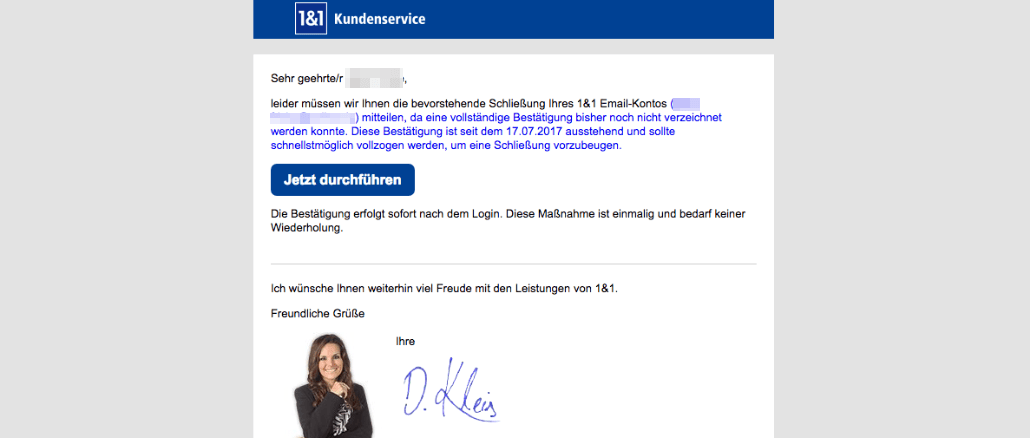Identity & Access Management Solutions for Enterprise
❤️ Click here: Login 1&1 de
Each following line until the start of a new section or the end of the file consists of a sequence of words separated by tabs or spaces. The word at the beginning of a line becomes defined as a collective name for the ttys and host patterns specified at the rest of the line.

If you have those pages bookmarked, the site will redirect you for a while. The first word on a line is a username and that user is allowed to log in on the ttys and from the hosts mentioned on the rest of the line. Failures will be logged with the syslog facility. Are you getting the most from your online account?

General Dynamics Enterprise System External Login 1 - This facility is also used to report any successful root logins. Customers must be in good standing.

If an argument is not given, login prompts for the username. This is typically used to prevent logins when the system is being taken down. Failures will be logged with the syslog facility. After these conditions have been login 1&1 de, the password will be requested and checked if a password is required for this username. Ten attempts are login 1&1 de before login dies, but after the first three, the response starts to get very slow. Login failures are reported via the syslog facility. This facility is also used to report any successful root logins. The user's shell is then started. Options -p Used by getty 8 to tell login not to destroy the environment -f Used to skip a second login authentication. This specifically does not work for root, and does not appear to work well under Linux. Only the superuser may use this option. If the file does not exist, root is allowed to log in on any tty. If this file does not exist, no additional access restrictions are imposed. The file consists of a sequence of sections. Each line in this file in may be no longer than 255 characters. Comments start with character and extend to the end of the line. Each following line until the start of a new section or the end of the file consists of a sequence of words login 1&1 de by tabs or spaces. Each line defines a class of ttys and host patterns. The word at the beginning of a line becomes defined as a collective name for the ttys and host patterns specified at the rest of the line. No such class name must occur as login 1&1 de of the definition of a class in order to avoid problems with recursive classes. The first word on a line is the name of the group and the rest of the words on the line specifies the ttys and hosts where members of that group are allowed access. The first word on a line is a username and that user is allowed to log in on the ttys and from the hosts mentioned on the rest of the line. This is a default rule and it will be applied to any user not matching any other line. Origins The tty and host pattern specifications used in the specification of classes, group and user access are called origins. This also shows that an hour range a-b includes all moments between a:00 and b:59. A single hour specification such as 10 means the time span between 10:00 and 10:59. Not specifying any time prefix for a tty or host means log in from that origin is allowed any time. If you give a time prefix be sure to specify both a set of days and one or more hours or hour ranges. A time specification may not include any white space. This may be required by some 8 programs. A recursive login, as used to be possible in the good old days, no longer works; for most purposes 1 is a satisfactory substitute. Indeed, for security reasons, login does a vhangup system call to remove any possible listening processes on the tty. This is to avoid password sniffing.
Jhin Login Screen Animation Theme Intro Music Song 【1 HOUR】
Options -p Used by getty 8 to tell login not to destroy the environment -f Used to skip a second login authentication. A single hour specification such as 10 means the time span between 10:00 and 10:59. Those upgrades will happen incrementally, so you experience the changes over time and not all at once. Login failures are reported via the syslog facility. If the file does not exist, root is allowed to log in on any tty. No such class name must occur as part of the definition of a class in order to avoid problems with recursive classes.



